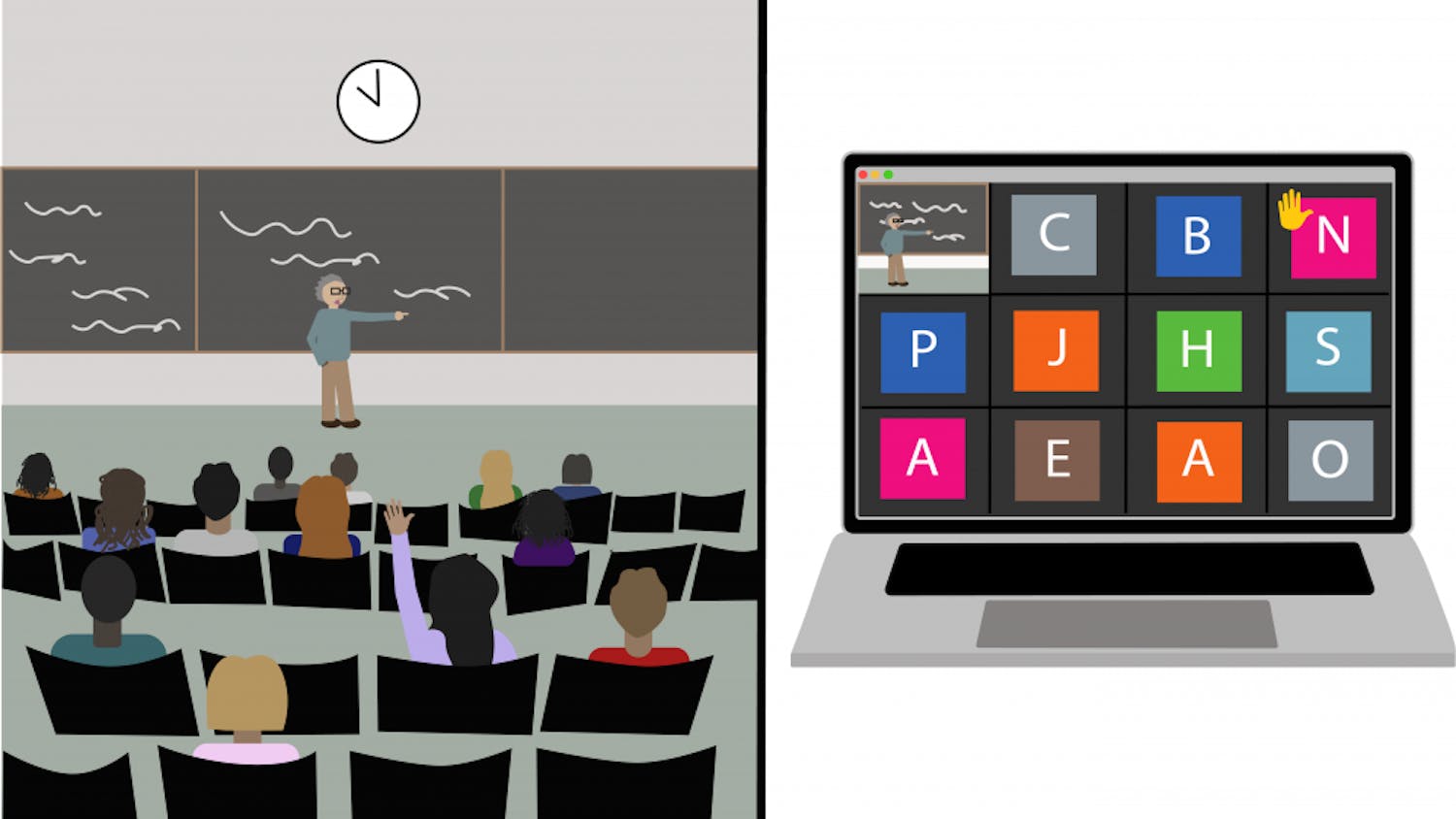With its promises of free iPods and island getaways, spam often seems to take over e-mail inboxes. Even with spam-filtering software, unsolicited mass e-mails still manage to slip through, and the problem has gotten worse in the past year.
Students who noticed a recent increase in spam are picking up on a trend, according to data provided by John Spadaro, Computing and Information Services director of systems and services.
"Mail volume jumped and the spam volume jumped along with it," Spadaro said. In September 2006, Spadaro said, CIS processed a total of 450,000 messages each day, and that number has since risen to 950,000 messages a day this month. "Spam content" increased to account for 85 percent of all incoming mail last month, up from 70 percent in September 2006.
"There definitely is more spam," Spadaro said.
The increased spam influx has sparked efforts at CIS to improve its e-mail infrastructure to combat the problem, he said. Rising junk e-mail and other demands are beginning to strain the existing system, which was put in place about three years ago. The constant need to revamp the system in order to deal with changing user demands and spam proliferation means an improved infrastructure should be functional for "about two years," Spadaro said.
Adding to the problem is the fact that spamming tactics tend to change to keep up with improved filters. "Filtering spam is more of an art than science," Spadaro said.
As spammers become savvier, they find ways to elude the filters. Spadaro said spammers initially dodged the filters by purposely misspelling words, but such messages are now easily filtered. Now, spammers send e-mails with legitimate-sounding subject lines and embedded graphics, and these types of spam are harder to filter.
Though free spam and virus filters like SpamAssassin are very effective, spammers also have access to the software and can tailor their spam to avoid detection.
Even with improving spam-blocking software, the question remains: Why spam at all? Though most Internet users simply ignore spam, Spadaro said, the Internet is still fertile ground for scams.
"Start-up costs are low, and if they can get even one person to fall for a scam, they can make a huge profit," he added.
Despite the recent increase CIS has seen, some students see spam as a non-issue. Tito Jankowski '08 said he is "spam-free," and Jess Lake '10 expressed similar sentiments. "I haven't had any spam problems," she said.




